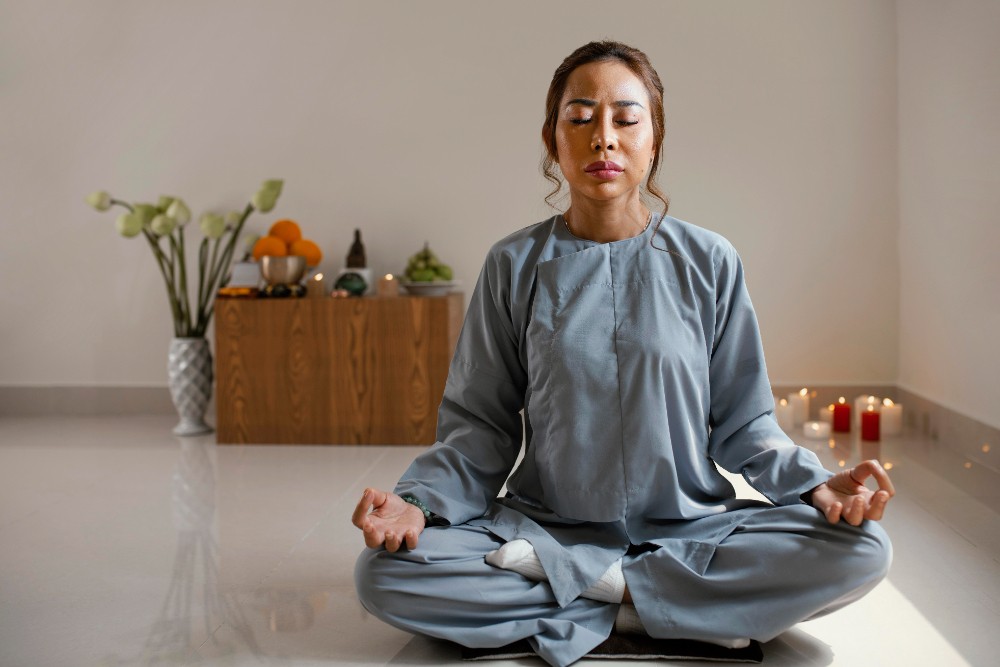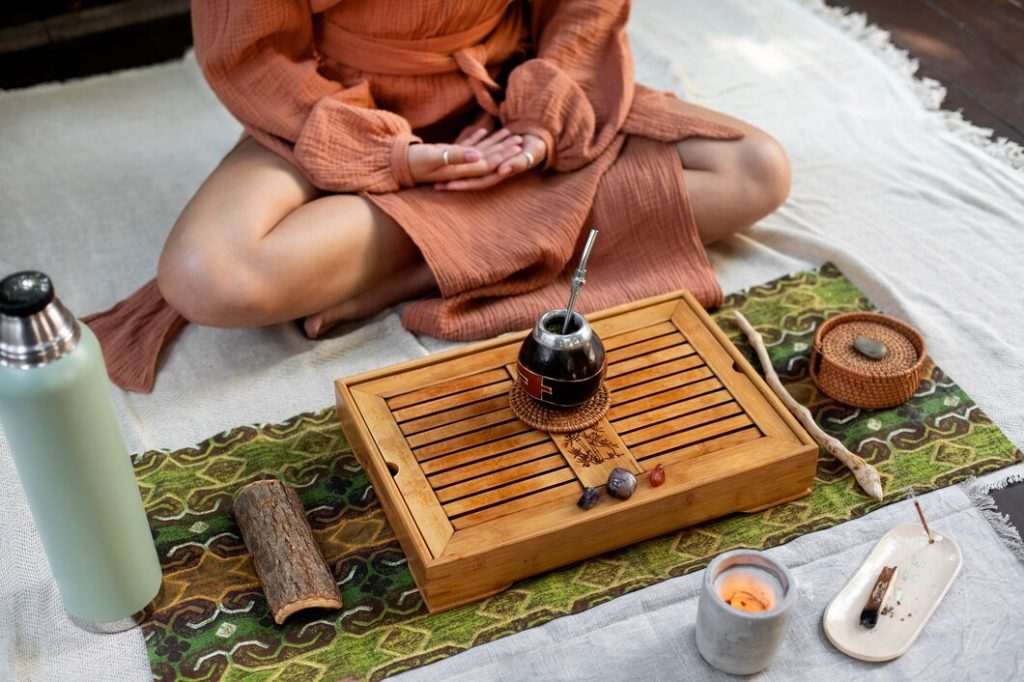Dermatitis in children, often referred to as eczema, is a common condition that causes the skin to become red, itchy, and inflamed. The most common type of dermatitis in children is atopic dermatitis. Below are the symptoms and management strategies for dermatitis in children:
Symptoms of Dermatitis in Children
- Dry, Scaly Skin: The skin may appear dry and rough
- Redness and Inflammation: Affected areas can be red or inflamed
- Itching: The child may frequently scratch the affected areas, leading to further irritation.
- Rashes: These can occur on various parts of the body, particularly on the face, scalp, hands, feet, or behind the knees and elbows.
- Crusting and Oozing: In more severe cases, the skin may crack, ooze, or bleed.
- Thickened Skin: Repeated scratching can cause the skin to thicken and become leathery over time.
Management of Dermatitis in Children
- Moisturizing Regularly:
- Apply a thick, fragrance-free moisturizer several times a day, especially after bathing, to keep the skin hydrated.
- Use ointments or creams rather than lotions as they are more effective at retaining moisture.
- Bathing Practices:
- Give the child short, lukewarm baths.
- Use mild, fragrance-free soap or a soap substitute.
- Pat the skin dry gently and apply moisturizer immediately after bathing.
- Avoiding Triggers:
- Identify and avoid known triggers such as certain fabrics (like wool), soaps, detergents, and environmental allergens.
- Keep the child away from extreme temperatures and humidity.
- Medications:
- Topical Corticosteroids: Mild topical steroids can reduce inflammation and itching. They should be used under the guidance of a healthcare provider.
- Topical Calcineurin Inhibitors: For sensitive areas like the face, these non-steroidal medications can be used.
- Antihistamines: Oral antihistamines may be recommended to reduce itching, especially at night.
- Antibiotics: If the skin becomes infected, antibiotics may be necessary.
- Clothing Choices:
- Dress the child in soft, breathable fabrics like cotton.
- Avoid tight or rough clothing that might irritate the skin.
- Keeping Nails Short:
- Keep the child’s nails trimmed short to prevent damage to the skin from scratching.
- Wet Wrap Therapy:
- In severe cases, wet wraps may be used to help moisturize and soothe the skin. This involves wrapping the affected areas in wet bandages after applying medication and moisturizer.
- Managing Stress:
- Stress can exacerbate dermatitis symptoms, so helping the child manage stress through relaxation techniques and a supportive environment is important.
When to See a Doctor
- If the symptoms do not improve with home treatment.
- If the dermatitis is severe or widespread.
- If there are signs of infection, such as increased redness, warmth, pus, or fever.
Early management and consistent care can help reduce the severity and frequency of dermatitis flare-ups in children.
Prevention and Care taken for Dermatitis in Children
Preventing and managing dermatitis in children involves several proactive steps to minimize flare-ups and manage symptoms effectively. Here’s a comprehensive approach to prevention and care:
Prevention Strategies
- Moisturize Regularly:
- Apply a thick, fragrance-free moisturizer to the child’s skin at least twice a day. This helps maintain the skin barrier and prevent dryness.
- Use Mild Products:
- Opt for mild, fragrance-free soaps and detergents. Avoid products with alcohol or strong fragrances that can irritate the skin.
- Avoid Irritants:
- Identify and avoid known triggers such as certain fabrics (e.g., wool), harsh chemicals, and allergens.
- Use gentle, hypoallergenic laundry detergents and avoid fabric softeners.
- Maintain a Comfortable Environment:
- Keep the child’s room at a comfortable temperature and humidity level. Avoid extreme temperatures and dry indoor air, which can exacerbate symptoms.
- Use a humidifier if the air is too dry.
- Choose Appropriate Clothing:
- Dress the child in soft, breathable fabrics like cotton. Avoid rough, itchy, or tight clothing.
- Wash new clothes before wearing to remove any chemicals from the manufacturing process.
- Manage Allergies:
- If the child has known allergies or sensitivities, take steps to manage them. This may include avoiding certain foods or environmental allergens.
- Healthy Diet:
- Ensure a balanced diet to support overall health. Some children might have food allergies or sensitivities that could trigger dermatitis flare-ups, so monitoring and adjusting their diet might be necessary.
Care and Management
- Daily Skin Care Routine:
- Establish a regular skin care routine including gentle baths and immediate application of moisturizer after bathing.
- Bathing Guidelines:
- Limit bath time to 10-15 minutes using lukewarm water.
- Use mild, fragrance-free soap and avoid scrubbing the skin.
- Gently pat the skin dry with a soft towel, leaving some moisture on the skin, and apply moisturizer immediately.
- Use Medications as Directed:
- Follow the healthcare provider’s instructions for using topical corticosteroids or other prescribed treatments. Do not overuse or misuse medications.
- Monitor for Infections:
- Watch for signs of infection, such as increased redness, warmth, pus, or fever. If an infection is suspected, seek medical advice promptly.
- Manage Itching:
- Keep the child’s nails short to prevent skin damage from scratching.
- Consider using cool compresses or anti-itch creams if the itching is severe.
- Educate and Involve:
- Educate caregivers and the child (age-appropriately) about the condition and the importance of skin care.
- Encourage the child to avoid scratching and to follow their treatment plan.
- Regular Follow-ups:
- Schedule regular check-ups with a healthcare provider to monitor the condition and adjust the treatment plan as needed.
By combining these preventive measures with consistent care, you can help manage dermatitis and reduce the frequency and severity of flare-ups in children.
Management in Ayurveda for these Children
In Ayurveda, managing dermatitis in children involves a holistic approach that focuses on balancing the body’s doshas (energetic forces), improving digestion, and using natural remedies. Here are some Ayurvedic strategies for managing dermatitis in children:
Ayurvedic Management of Dermatitis
- Balancing Doshas:
- Pitta Dosha: Dermatitis is often linked to an imbalance in Pitta dosha, which can cause inflammation and heat. To balance Pitta, focus on cooling and soothing treatments.
- Vata Dosha: Dryness in the skin can be related to an imbalance in Vata dosha. Use moisturizing and nourishing remedies to address Vata imbalance.
- Diet and Nutrition:
- Cooling Foods: Incorporate foods that have a cooling effect on the body, such as cucumbers, coconut, and melons.
- Avoid Hot and Spicy Foods: Reduce intake of spicy, acidic, and hot foods, which can aggravate Pitta.
- Hydrating Foods: Include foods that help in maintaining hydration, such as soups and stews.
- Herbal Remedies:
- Aloe Vera: Aloe vera gel can be applied topically to soothe and hydrate the skin.
- Neem: Neem has anti-inflammatory and antimicrobial properties. Neem oil or neem-based creams can be used to reduce inflammation and prevent infections.
- Turmeric: Turmeric has anti-inflammatory properties. It can be used in a paste form (mixed with coconut oil) and applied to the affected areas.
- Topical Treatments:
- Coconut Oil: Coconut oil has moisturizing and anti-inflammatory properties. It can be applied directly to the skin.
- Sandalwood Paste: Sandalwood is known for its cooling and soothing effects. A paste made from sandalwood powder and water can be applied to affected areas.
- Bathing Practices:
- Herbal Baths: Add a small amount of Ayurvedic herbs like turmeric or neem leaves to the bathwater to soothe the skin.
- Avoid Hot Water: Use lukewarm water for bathing, as hot water can exacerbate dryness and irritation.
- Lifestyle Adjustments:
- Hydration: Ensure adequate water intake to keep the skin hydrated.
- Reduce Stress: Stress can exacerbate symptoms. Practices like gentle yoga, meditation, or breathing exercises can help manage stress.
- Detoxification:
- Cleansing Therapies: Gentle Ayurvedic detoxification methods, like Panchakarma (under professional guidance), may help in balancing the doshas and improving overall skin health.
Precautions
- Consultation: Always consult with a qualified Ayurvedic practitioner before starting any new treatment, especially for children.
- Patch Test: Before applying any herbal remedy or oil, do a patch test to ensure there is no allergic reaction or sensitivity.
Incorporating these Ayurvedic practices with conventional treatments, if recommended by a healthcare provider, can offer a holistic approach to managing dermatitis in children.
How yoga helps in Dermatitis in Children
Yoga can be beneficial for managing dermatitis in children by addressing the underlying stress, promoting overall well-being, and supporting physical and emotional health. Here’s how yoga can help:
Yoga Practices for Children with Dermatitis
- Breathing Exercises (Pranayama):
- Deep Breathing: Simple breathing exercises like diaphragmatic breathing can help in calming the nervous system and reducing stress.
- Gentle Asanas (Postures):
- Child’s Pose (Balasana): A gentle pose that encourages relaxation and helps in calming the mind.
- Legs-Up-The-Wall (Viparita Karani): This pose helps in relaxing the body and improving circulation.
- Cat-Cow Pose (Marjaryasana-Bitilasana): This sequence promotes spinal flexibility and can be calming.
- Relaxation Techniques:
- Guided Imagery: Using guided imagery or visualization techniques to help children imagine a calming, soothing environment can be beneficial.
- Progressive Muscle Relaxation: This technique helps in relaxing the muscles and reducing stress.
- Mindfulness and Meditation:
- Simple Meditation: Short, age-appropriate meditation practices can help children develop a sense of calm and manage stress.
While yoga can be a helpful adjunct to conventional treatments, it is important to continue following any prescribed medical treatments and consult with healthcare professionals for a comprehensive approach to managing dermatitis in children.
Yoga can be beneficial for managing dermatitis in children by addressing the underlying stress, promoting overall well-being, and supporting physical and emotional health. Here’s how yoga can help:
Benefits of Yoga for Dermatitis in Children
- Stress Reduction: – Calmness: Yoga practices like deep breathing, gentle stretching, and relaxation techniques can help reduce stress and anxiety, which are known to exacerbate dermatitis symptoms. – Mindfulness: Techniques such as mindfulness and meditation can help children become more aware of their bodies and manage stress more effectively.
- Improved Skin Health: – Circulation: Certain yoga poses can enhance blood circulation, which may improve skin health and promote healing. – Detoxification: Yoga helps in the detoxification process by encouraging the elimination of toxins through sweat and improved lymphatic flow.
- Enhanced Immune Function: – Balanced Immune Response: Regular yoga practice can help in balancing the immune system, which may be beneficial for managing autoimmune or inflammatory conditions like dermatitis.
- Better Sleep: – Restful Sleep* Yoga practices that include relaxation techniques can promote better sleep, which is essential for skin repair and overall health.
- Physical Fitness: – Flexibility and Strength: Yoga helps in maintaining physical fitness, which supports overall health and well-being, potentially improving skin condition by reducing inflammation and improving circulation.
Tips for Implementing Yoga for Children
– Keep It Fun: Make yoga enjoyable by incorporating playful elements and using imaginative scenarios to engage children.
– Short Sessions: Keep yoga sessions short and age-appropriate, focusing on gentle practices that suit the child’s comfort and ability.
– Involve the Family: Practicing yoga together as a family can create a supportive environment and reinforce healthy habits.
While yoga can be a helpful adjunct to conventional treatments, it is important to continue following any prescribed medical treatments and consult with healthcare professionals for a comprehensive approach to managing dermatitis in children.





